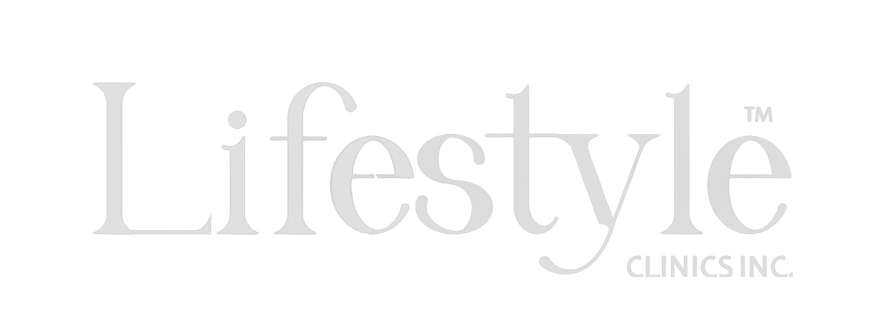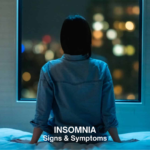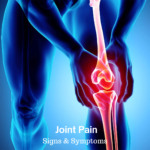Understanding Jaundice: Causes, Symptoms, and Treatments
Jaundice is a medical condition characterized by the yellowing of the skin and eyes, a result of elevated bilirubin levels in the bloodstream. Bilirubin is a yellow pigment produced during the normal breakdown of red blood cells. The liver processes bilirubin, which is then excreted through bile. However, when there’s an excess of bilirubin or the liver fails to process it adequately, jaundice can occur. This article will explore the causes, symptoms, diagnosis, and treatments of jaundice.
Causes of Jaundice
Jaundice can be categorized into three main types based on where the dysfunction occurs: pre-hepatic, hepatic, and post-hepatic jaundice.
Pre-Hepatic Jaundice
Pre-hepatic jaundice occurs when there is an excessive breakdown of red blood cells (hemolysis), leading to an increased production of bilirubin. Conditions that can cause pre-hepatic jaundice include:
- Hemolytic Anemia: This condition involves the rapid destruction of red blood cells, leading to an overproduction of bilirubin.
- Sickle Cell Disease: A genetic disorder that causes red blood cells to become misshapen and break down.
- Malaria: A parasitic infection that destroys red blood cells.
- Thalassemia: A genetic disorder affecting hemoglobin production, leading to red blood cell destruction.
Hepatic Jaundice
Hepatic jaundice arises from problems within the liver itself. The liver may be unable to process bilirubin effectively due to:
- Hepatitis: Inflammation of the liver caused by viral infections, alcohol consumption, or autoimmune diseases.
- Cirrhosis: Scarring of the liver tissue, often due to chronic alcohol abuse, hepatitis, or other liver diseases.
- Liver Cancer: Tumors within the liver can obstruct the bile ducts or damage liver cells.
- Gilbert’s Syndrome: A genetic disorder that affects the liver’s ability to process bilirubin.
Post-Hepatic Jaundice
Post-hepatic jaundice, also known as obstructive jaundice, occurs when there is an obstruction in the bile ducts, preventing bilirubin from being excreted. Causes include:
- Gallstones: Hardened deposits in the gallbladder that can block the bile ducts.
- Pancreatic Cancer: Tumors in the pancreas can compress the bile ducts.
- Biliary Atresia: A condition in newborns where the bile ducts are abnormally narrow or blocked.
- Cholangitis: Inflammation of the bile ducts, often due to infection.
Symptoms of Jaundice
The primary symptom of jaundice is the yellowing of the skin and the whites of the eyes. Other symptoms can vary depending on the underlying cause but may include:
- Dark Urine: Excess bilirubin is excreted through urine, causing it to appear darker.
- Pale Stools: Lack of bilirubin in the intestines can cause stools to appear pale or clay-colored.
- Itching: Bile salts deposited in the skin can cause itching.
- Fatigue and Weakness: Common in cases where liver function is impaired.
- Abdominal Pain: Particularly in cases of obstructive jaundice due to gallstones or tumors.
- Weight Loss: Often associated with chronic liver disease or cancer.
Diagnosis of Jaundice
Diagnosing jaundice involves several steps to determine the underlying cause:
- Medical History and Physical Examination: A thorough history and physical exam can provide clues about the cause of jaundice. The doctor will ask about symptoms, medication use, alcohol consumption, and family history of liver diseases.
- Blood Tests: These tests measure levels of bilirubin, liver enzymes, and complete blood counts to assess liver function and identify hemolysis.
- Imaging Studies: Ultrasound, CT scans, and MRI can help visualize the liver, gallbladder, and bile ducts to identify obstructions or tumors.
- Liver Biopsy: In some cases, a biopsy may be needed to assess liver tissue directly.
Treatment of Jaundice
Treatment for jaundice depends on the underlying cause. Approaches can range from medical management to surgical interventions.
Medical Management
- Medications: Antiviral or corticosteroid medications can treat hepatitis. For hemolytic anemias, treatments might include medications to reduce red blood cell destruction.
- Lifestyle Changes: Reducing alcohol consumption, managing weight, and following a healthy diet can improve liver health.
- Phototherapy: For newborns with jaundice, phototherapy uses light to break down excess bilirubin.
Surgical and Procedural Interventions
- Gallstone Removal: Endoscopic procedures or surgery can remove gallstones blocking bile ducts.
- Stent Placement: In cases of bile duct obstruction, a stent can be placed to keep the duct open.
- Liver Transplant: For severe liver diseases like cirrhosis or liver cancer, a liver transplant may be necessary.
Supportive Care
- Hydration and Nutrition: Ensuring adequate hydration and nutrition can support liver function and overall health.
- Management of Itching: Medications and topical treatments can help manage itching caused by bile salt deposition.
Preventing Jaundice
While some causes of jaundice are unavoidable, certain lifestyle changes and preventive measures can reduce the risk:
- Vaccination: Vaccines for hepatitis A and B can prevent viral hepatitis.
- Alcohol Moderation: Limiting alcohol intake can reduce the risk of liver damage.
- Healthy Diet: A balanced diet low in saturated fats and high in fruits, vegetables, and whole grains supports liver health.
- Safe Practices: Avoiding risky behaviors like unprotected sex and sharing needles can prevent hepatitis transmission.
Conclusion
Jaundice is a symptom of various underlying conditions affecting bilirubin metabolism. Understanding the causes, symptoms, and treatment options is crucial for managing and preventing jaundice effectively. If you notice symptoms of jaundice, it’s essential to seek medical attention promptly to determine the cause and receive appropriate treatment. Early intervention can significantly improve outcomes and ensure better health and wellbeing.





